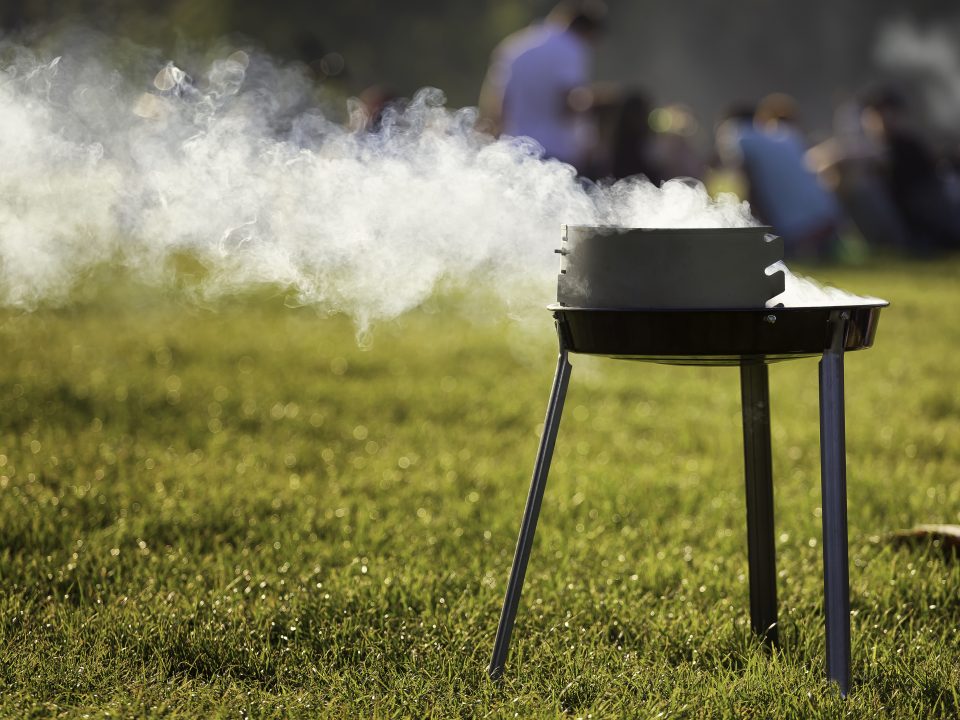
Creating Change: Students Showcase their Sensor Studies for Policy Maker
January 31, 2023
Students Study Air Quality Near a Shipping Port and a Park
May 23, 2023
Empowering Students in India to be Community Scientists
Kids Making Sense® aims to encourage students around the world to take an active part in measuring air pollution and protecting themselves from air pollution in their local communities. Our science kits and curriculum are often incorporated into other programs to help provide science-rooted material to teach students about air quality and weather.


In February 2023, Kids Making Sense Program Manager Olivia Ryder had the opportunity to join the Kids Action Thru Science (KATS) Lead Elle Young on a trip to New Delhi, India, to work with students in three different communities and help them learn more about the air they breathe.
.
.
Why Delhi?
New Delhi is a megacity that has above-average fine particulate matter (PM2.5) levels and a population of more than 20 million people, with around 2 million people living in poverty. The city was ranked as the world’s worst polluted city by the World Health Organization (WHO) in 2014 and the most polluted city on Earth by the U.S. Environmental Protection Agency (EPA) in 2016. To help empower young people to make informed decisions and impact change, KATS, equipped with the Kids Making Sense sensors, teamed up with Newcastle University’s Water Security and Sustainable Development Hub and the Janya Collective to work with students in three different communities in the Delhi region.
.
.
Empowered Students Collect Data and Discover Pollution Sources
Students from two different informal urban communities along the Barapullah Basin, Jagdamba and Nizamuddin, and students from the Shiv Nadar School in Noida participated in a version of the KATS program that focused on exploring environmental issues specific to their communities, including rising temperatures and pollution levels. They took part in hands-on activities, including using hand-held particle sensors and weather meters to become “community scientists” and explore their neighborhoods. They developed a deeper understanding of air pollution and meteorology in their local environment. The air quality data is now available on the Kid’s Making Sense crowdsourced mapping website (click on the links below to view data sessions).
.
In their exploration, participants were encouraged to identify high-pollution areas using the hand-held air sensors, and were also asked to use the weather meters to identify locations with the best breeze ventilation in their communities.
Jagdamba: Large Local Sources and Breezy Outdoor Spaces
In Jagdamba, the newly minted community scientists jumped straight into action, walking in groups through the alleys of their community. Some groups headed to a congested roadway nearby, others to a welding shop, and others to a wall adjacent to the city’s crematorium. (Figure 1) Next, they explored wind speed using the handheld weather meters, and walked to various locations in their community looking for the fastest breeze. By using the two data sets they collected, participants were able to identify sources of pollution and discovered that open spaces have faster wind speeds which can help clear pollution from local sources.
.

Nizamuddin: Breezier Locations have Lower Pollution Levels and Help with Cooling
Using the air sensors and knowledge of their community, groups in Nizamuddin identified the main road, dusty parks, and firecrackers as local sources of pollution. They took wind speed measurements using the handheld weather meters to find the location with the fastest wind speeds in areas where they had collected air pollution data. By combining the two types of data collected, they recognized that spending time in open spaces can help keep them cooler during periods of extreme heat exacerbated by climate change. They also learned that there are slightly faster breezes in these open spaces, which can help clear pollution from local sources. Ultimately, they reasoned that spending more time in outdoor spaces could be beneficial for their health.
.

Shiv Nadar School: Buses and Plans for Commuter Solutions
Shiv Nadar school students were very enthusiastic to explore their school grounds with sensors. Background levels of PM2.5 were lower in the region, but students realized that many of them commute to school on buses, and quickly headed to the bus depot next to their building. Here they asked a bus driver to turn on one of the buses so that they could investigate the tailpipe emissions of PM2.5 from their school busses. The PM2.5 levels from the school busses were much higher than normal, or “ambient” levels of PM2.5 (Figure 2). During the class discussion after the measurement sessions, students used data they measured outside, especially near buses, to propose solutions to help protect themselves and others from the types of pollution they measured. They suggested carpooling, electrification of the car fleet, and masking to achieve health benefits.
.

Overall Impact
Students shared their lived experiences with rapidly changing weather patterns, including the record-breaking heatwaves that have been affecting New Delhi recently. They were able to form connections between local pollution sources and climate change, and develop a deep understanding of how human activities, such as car exhaust, open burning, and fireworks, can have negative effects on their environment. Equally important, participants thought about ways to protect themselves from pollution. Suggestions included: carpooling, wearing masks, and walking different routes when welding shops (and other sources of combustion) are operating.
Our team members at Kids Making Sense are grateful to have had the opportunity to interact with these students and empower them to make a change. In the future, we hope to have a similar impact on children in other communities around the globe through the KATS program.
Check out the Youtube video about this project here:

If you are interested in bringing Kids Making Sense® to a school near you, Sonoma Technology can help you write a proposal to secure grant funding. Email Program Director Olivia Ryder at ORyder@SonomaTech.com for more information!





